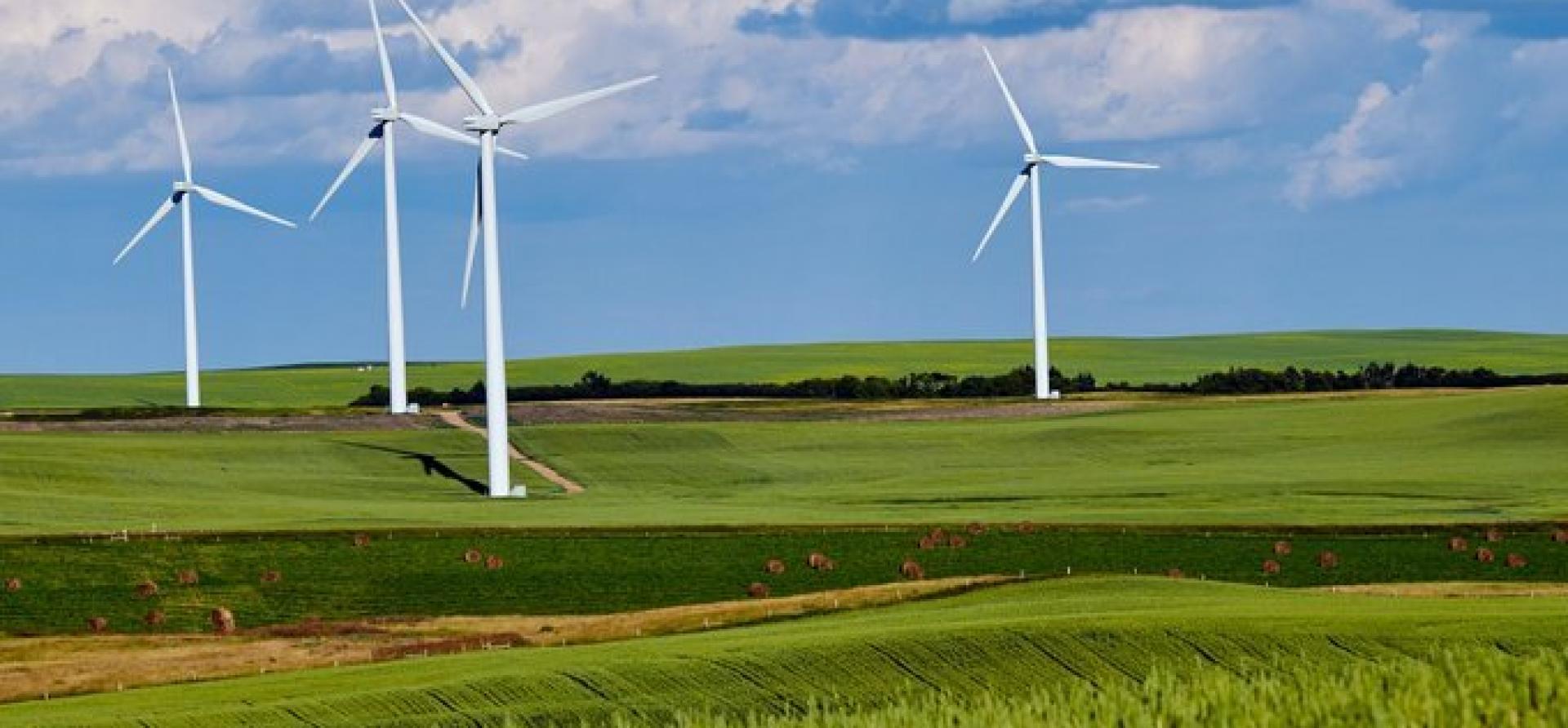From Dong to Orsted: A leading utility's green energy transition
Download Full Report
View Press Release

Key Findings
This report charts the transition journey of Orsted. This Danish state-owned utility transitioned from being one of the most coal-intensive utilities in Europe to a global leader in offshore wind energy.
The report further analyses examples of Indian utilities moving towards the path of green energy transition and renewable energy companies aiming to scale up rapidly, and what they can learn from Orsted’s journey.
Executive Summary
Orsted’s journey to becoming one of the leading renewable companies in the world can be attributed to both internal and external factors. Internally, the company’s leadership made sound strategic decisions throughout its transition journey. Externally, the favourable subsidy regime in Europe and elsewhere, coupled with a bullish environment for renewables worldwide, provided external tailwinds.
Strategic internal decisions that helped Orsted's energy transition:
- Committing to energy transition through long-term strategy realignment: Orsted set tangible long-term goals for itself when it came to the addition of renewable energy and phasing out thermal power.
- Using non-conventional sources of funding through farm downs, divestment of non-core assets and hybrid capital: The company’s funding strategy for its offshore wind projects relied on recycled capital from de-risked operational wind assets, proceeds through sale of non-core assets which did not fit in the long-term strategy of the company and using hybrid capital which did not qualify as debt. The limited use of debt gave the company financial flexibility and confidence to handle the operational risks of expanding rapidly into a new field.
- Gradual de-risking and restructuring of legacy businesses: A major component of the growth strategy was to restructure legacy businesses to support the growth of the offshore wind business. Cash flows from these legacy businesses were used to fund wind farm constructions, and simultaneously de-risked by adding value-added services and operational efficiencies.
- Using economies of scale to establish cost leadership: Orsted was an early mover in the offshore wind industry. Since its inception, it has made several advancements in establishing technological prowess across the value chain through partnerships and strategic investments. Investments in offshore wind were made at scale to capitalize on economies of scale. Having a presence across development, construction and operation stages gave the company full control over the project’s entire life cycle.
- Focus on sustainability related disclosures: The company was a frontrunner in sustainability related disclosures. Though Danish law mandated corporate sustainability disclosures since 2009, the company was already a member of the UN Global Compact from 2006. Orsted also disclosed its environmental, social and governance (ESG) performance since 2017. A good ESG score coupled with a consistent history of non-financial disclosures helped the company stay on its energy transition track and attract global capital, as witnessed in its share price performance over the years.
On the external side, the favourable subsidy regime and support for the development of renewables in Denmark and other European countries early on helped form the bedrock of the company’s transition journey.















